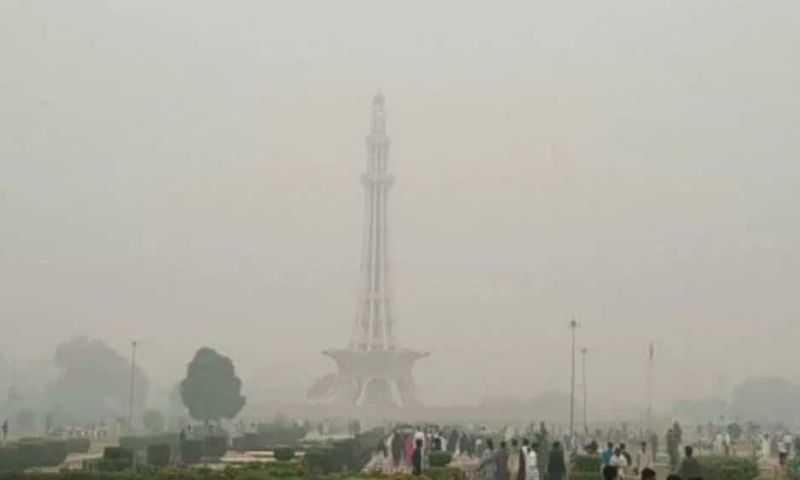ISLAMABAD: An unprecedented and prolonged spell of fog has shrouded Pakistan, affecting regions from the iconic federal capital to the historic mountain ranges.
The foggy weather, attributed to a complex interplay of atmospheric dynamics and large-scale inversions in weather patterns, has become a focal point of scientific inquiry.
This intricate meteorological phenomenon is linked to a combination of factors, including radiative balance, wind speed, humidity, and topography of the land. However, the primary catalyst for the prolonged fog lies in anthropogenic activities, with air pollution acting as nuclei for condensation, reducing visibility and causing disruptions in daily life.
Climate experts, while cautious about attributing it directly to climate change, highlight the impact of shifting weather patterns, delayed winter rains, and reduced snowfall. The Climate Change Ministry underscores the potential economic, health, and agricultural repercussions, emphasizing the billions of dollars in losses and the strain on public health.
Agriculturally, the delayed winter rains have adversely affected wheat cultivation in the rain-fed Pothohar Plateau. The reduced moisture has hindered seed germination, raising concerns about diminished wheat production.
Director General of the Pakistan Meteorological Department, Mehr Sahibzad Khan, sheds light on the role of large-scale atmospheric circulations, global climate change, and regional variability in influencing rainfall and snowfall patterns. The meteorological factors favoring fog formation include low temperature, high humidity, calm winds, and stable atmospheric layers.
The unusual intensity of fog this winter is further exacerbated by anthropogenic factors, including high concentrations of pollutants like sulfur dioxide, nitrogen oxides, carbon monoxide, and black carbon. These pollutants, influenced by population growth, urbanization, industrialization, and energy consumption, contribute to the severity and persistence of fog.
As Pakistan grapples with changing weather patterns and their ramifications, there is a pressing need for individual and regional-level steps to mitigate the recurrence of such phenomena and address the broader challenges posed by climate change.
























